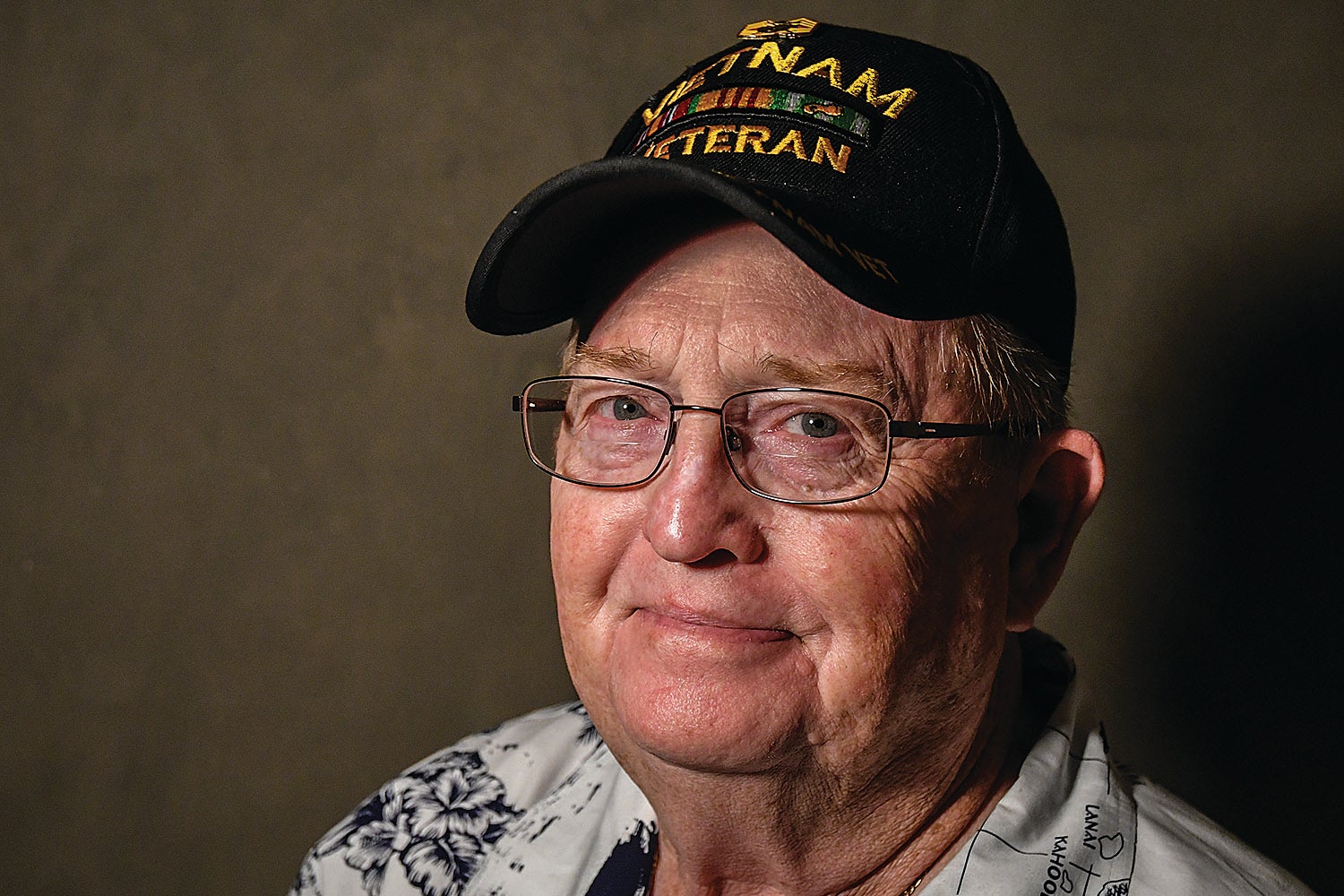
Most Americans, through school and movies, know some of the famous Native American warriors like Sitting Bull, and Crazy Horse (both Lakota), Tecumseh (Shawnee), and Geronimo and Cochise (both Apache). One lesser-known warrior was Lozen, an Apache woman who also resisted European domination. She was known for her bravery, military prowess, and dedication to her people’s safety during a tumultuous period in Apache history. Lozen was a warrior, shaman, and humanitarian who fought against Mexican and American forces for 30 years, earning the nickname “Apache Joan of Arc.”
Lozen was born around 1840 into the Chihenne Apache band near Ojo Caliente, New Mexico. There were at least seven Apache bands and numerous clans, spread across a vast area known as Apacheria in what is now northern Mexico, eastern Arizona, and southwestern New Mexico.
The Chihenne band was known as the Eastern Chiricahua or “red paint people,” and they were recognizable by the red band of clay worn across their faces during ceremonies. Known for raiding, Apache bands often warred with one another and were always on the move. Traditionally, the Apache were nomads and they never stayed in one place.
Lozen’s name, which means “dexterous horse thief,” reflects the skill she acquired that enabled her to sneak behind enemy lines undetected, round up horses and steal them away. Her stealth and courage would become valuable qualities during a time of near constant conflict. Lozen began fighting Mexican soldiers and scalp hunters, eternal enemies of her band, when she came of age. In 1848, New Mexico became a territory of the U.S. under the Treaty of Hidalgo. Miners streamed through Apache land heading to California for the gold rush. After Americans arrived in 1849 to lay claim to her homeland, she battled them as well. Born into a matriarchal culture with a deity called “White Painted Woman” at the center of her creation story, Lozen understood from an early age that women played a significant role. When Lozen was twelve, she underwent puberty rites in which she went alone into the mountains and, according to oral history, gained a supernatural power to locate enemies. Harlyn Geronimo, the great-grandson of Geronimo, said Lozen would lift her hands and walk in a circle until the veins in her arms turned dark blue, indicating the direction from which the enemy would approach.
Lozen fought at Apache Pass, was welcomed into council as a warrior and fought on for years with her brother Victorio in the struggle for their homeland. In 1869, she joined Victorio and other Apache leaders for a meeting to establish a reservation at Ojo Caliente, but they were instead moved to harsher conditions at the San Carlos Reservation in Arizona.
In 1877, Victorio, Lozen and other Chihenne fled San Carlos, eventually choosing war rather than return. They disbanded to evade capture, and Lozen later escorted a group of women and children to Mexico across the raging Rio Grande river. After the group reached Mexico, cold and wet but alive, Lozen then rode back across the Rio Grande and returned to the fight.
At one point, Lozen left the band to help a young pregnant woman cross the Chihuahuan Desert of Mexico back to her family on the Mescalero Apache Reservation, equipped with a single rifle, a cartridge belt, a knife, and a three-day supply of food. While in route, she hid the mother and assisted her in delivering the child, killed and butchered a longhorn cow and captured two horses for their journey.
Her brother Victorio was ambushed and died at Tres Castillos, where many other Apaches also died. Some believed that if Lozen had been present, Victorio would not have been ambushed. After Victorio’s death, Lozen rode with Geronimo. In 1882, she joined him in a raid that freed six hundred people from San Carlos and supported him again in 1885 during his final escape from the reservation. According to his descendants, Geronimo decided to surrender in 1886 to ensure the safety of his remaining followers.
Lozen, Geronimo, and many others were then taken to Florida prisons. She later died in Alabama at the age of 50 from tuberculosis, but some of her relatives made it back west. Many of the Chiricahuas from Florida joined the community at the Mescalero Apache Reservation in the southwest corner of New Mexico. They continue the women’s coming-of-age traditions that Lozen participated in more than 180 years ago. The community also continues to celebrate the legacy of Lozen. Many of the descendants of Lozen’s family are there today. Credit: Inside History.
Gene Hays is an author and historian with books available on Amazon.com.
"much" - Google News
January 15, 2022 at 04:01AM
https://ift.tt/3GuxaB2
How much do you know about Native American warriors? - The Oxford Eagle - Oxford Eagle
"much" - Google News
https://ift.tt/37eLLij
Shoes Man Tutorial
Pos News Update
Meme Update
Korean Entertainment News
Japan News Update
Bagikan Berita Ini















0 Response to "How much do you know about Native American warriors? - The Oxford Eagle - Oxford Eagle"
Post a Comment